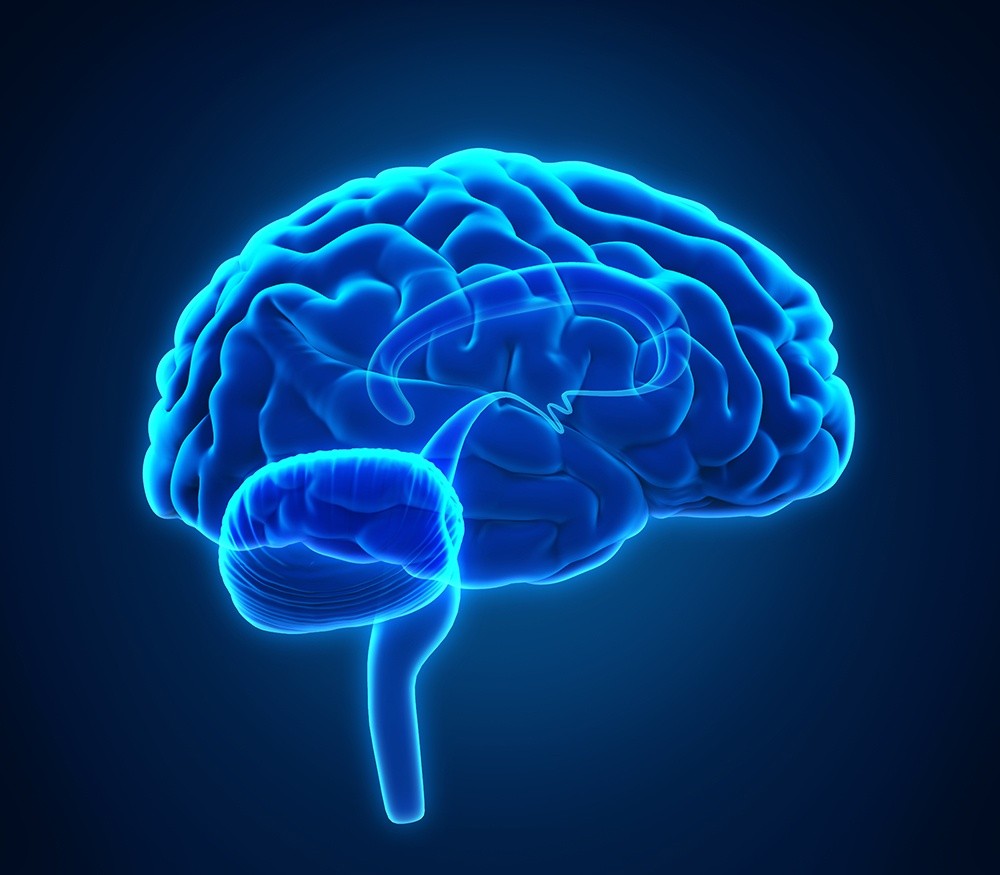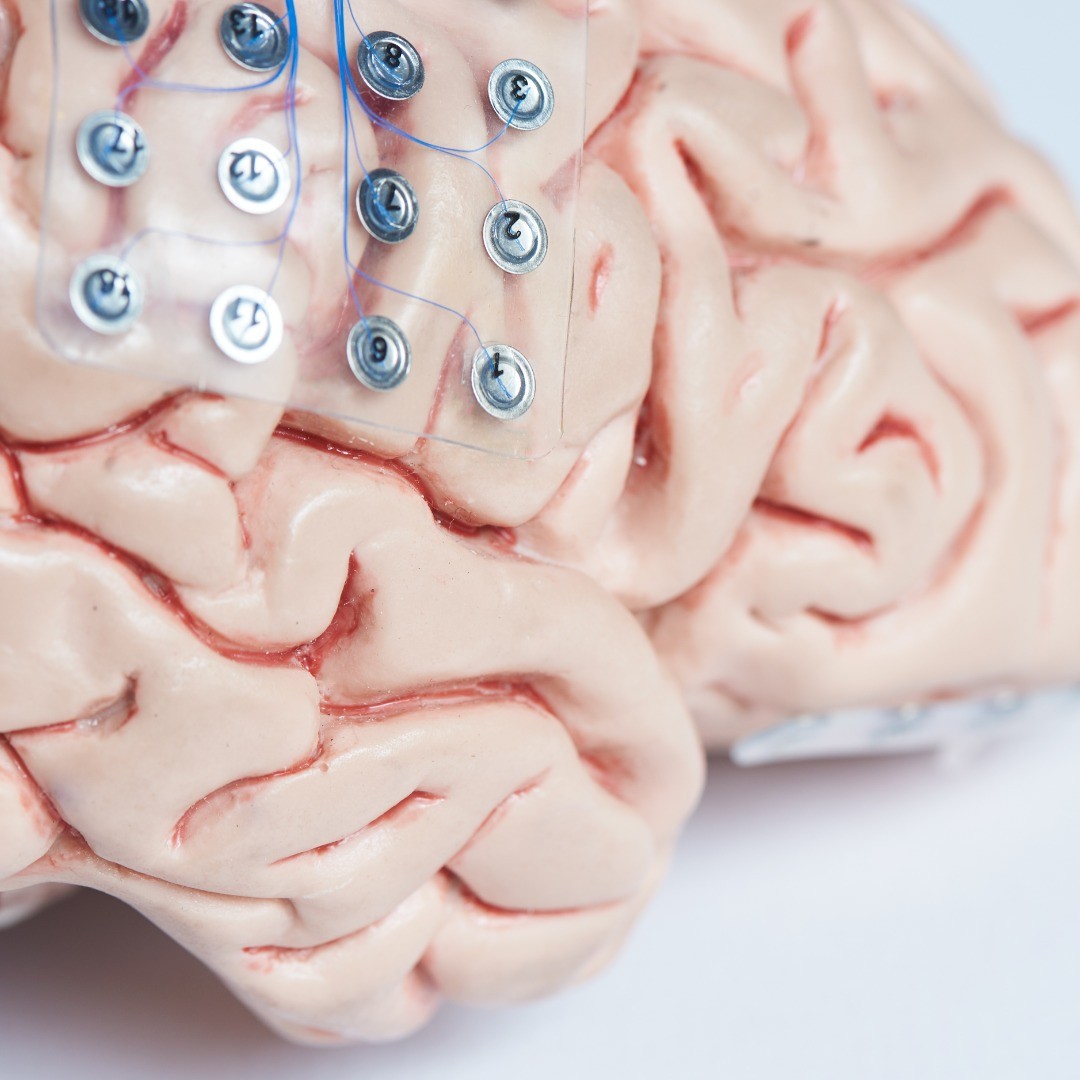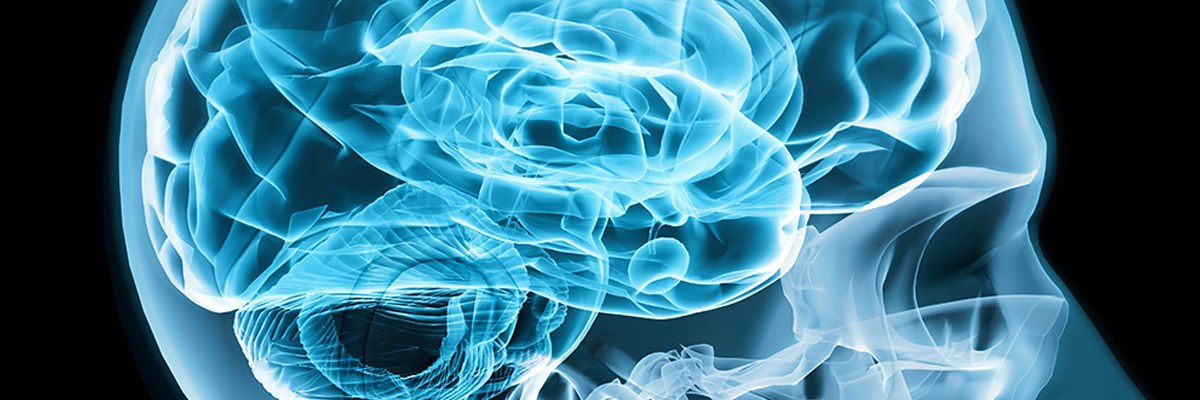- PATIENT FORMS | REQUEST A CONSULTATION | CONTACT US
- 1-844-NSPC-DOC
Craniotomy for Subdural Grids, Strips, Depth-Electrodes
Intracranial electroencephalograms (EEGs) recordings are an additional form of intracranial monitoring that involves placing electrodes on the subdural membrane (subdural grids or strips) or deeper in the brain (depth electrodes).
What Is Craniotomy for Subdural Grids Strips and Depth Electrodes?
Intracranial electrodes may be using during surgery to identify epileptogenic (ability to cause an epileptic seizure) areas of the brain and the eloquent cortex where control of the motor, sensory, and speech functions are located. When these electrodes are only temporarily employed during surgery and then removed, it’s called intraoperative electrocorticography. Electrodes that are left in place after surgery to monitor and record electrical brain activity are considered extraoperative monitoring.
Regardless of whether you need intraoperative electrocorticography or extraoperative monitoring, a craniotomy is necessary to situate the electrodes on or in the brain. A smaller skull opening called a burr hole may be used to insert subdural strips or depth electrodes, but subdural grids often require larger craniotomies.
What Conditions Might Call for a Craniotomy for Subdural Grids Strips and Depth Electrodes Diagnose?
- Electrocortical stimulation and the use of subdural grids, strips or depth electrodes may be used to help locate the origination of epileptic seizures in the brain. Surgery to treat intractable epilepsy may involve resectioning epileptogenic zones of the brain that are close to the eloquent cortex, and intraoperative electrical stimulation can help the neurosurgeon differentiate between the lesion and the white matter of the brain.
- Certain low-grade brain tumors, such as gliomas and meningiomas, presenting with seizures may necessitate an electrocortical stimulation to map the eloquent areas of the brain. An awake craniotomy during surgery can combat instances of brain shift that can occur between preoperative mapping and surgery.
- In preparation for surgical treatments of epilepsy, diagnostic advancements in brain mapping can assist your doctor in determining the origination of the seizures in the brain.
Subdural strips are most often used to identify the hemisphere generating epileptic seizures. Small burr holes provide an opening in the skull through which the electrode strips are implanted.
Subdural grids are lattices with implanted electrodes. These larger grids are placed during craniotomy procedures and are used to cover a larger portion of the cortex.
Depth electrodes are placed deep inside the brain using MRI imaging tools to navigate to a precise location. Destinations may involve mesial temporal lobes including the amygdala and the hippocampus.
What Are the Benefits of Intracranial Subdural Grids, Strips and Depth Electrodes?
Compared to traditional electroencephalography electrodes that are placed extracranially (outside the skull), intracranial electroencephalography has a number of advantages:
- Better accuracy and response due to the nearness of the electrodes and brain activity.
- Brain monitoring can be achieved anytime pre, post or during surgery.
- Electrical impulses can be sent during surgery to assist physicians in identifying and thus avoid harming critical portions of the brain.
Craniotomy for Subdural Grids Strips and Depth Electrodes Treatments at NSPC in NY
The highly skilled neurosurgeons at NSPC, with medical centers located on Long Island and in the New York tristate area, offer state-of-the-art diagnosis and advanced treatments of cerebral conditions such as brain tumors, epilepsy, and other movement disorders. If you or your loved one requires neurosurgery, contact one of our NY offices to make an appointment with one of our experienced brain specialists.
Connect With Our 7 Convenient Locations
across Long Island, NY
Our expert physicians, surgeons and doctors are ready to serve you at our 7 convenient locations across Long Island, NY. Connect today to learn how our award winning, world class experts can help.
4250 Hempstead Turnpike Suite 4,
Bethpage, NY 11714
(516) 605-2720
COMMACK
353 Veterans Memorial Hwy,
Commack, NY 11725
(631) 864-3900
One Hollow Lane, Suite 212
Lake Success, NY 11042
(516) 442-2250
MANHATTAN
215 E. 77th Street Ground Floor
New York, NY 10075
(646) 809-4719
PORT JEFFERSON STATION
1500-8A Route 112,
Port Jefferson Station, NY 11776
(631) 828-3001
100 Merrick Road, Suite 128W
Rockville Centre, NY 11570
(516) 255-9031
WEST ISLIP
500 Montauk Hwy
West Islip, NY 11795
(631) 983-8400
World
Class
Expertise
For over 50 years & 350,000 patients NSPC has been a trusted global medical leader.
Contact us today for an appointment or consultation.




